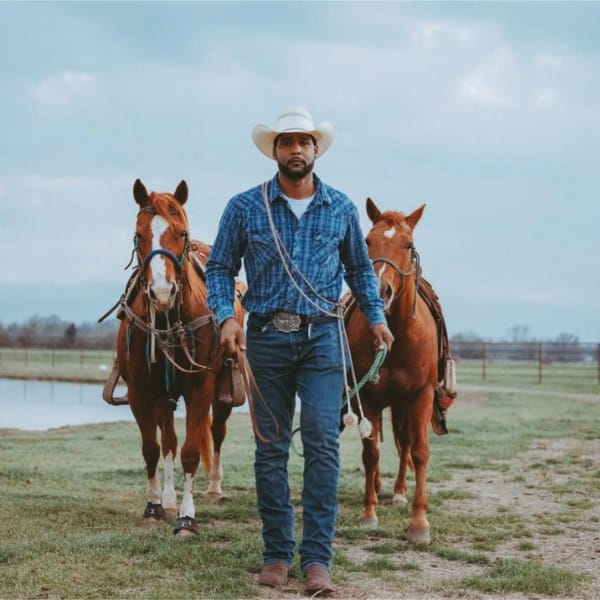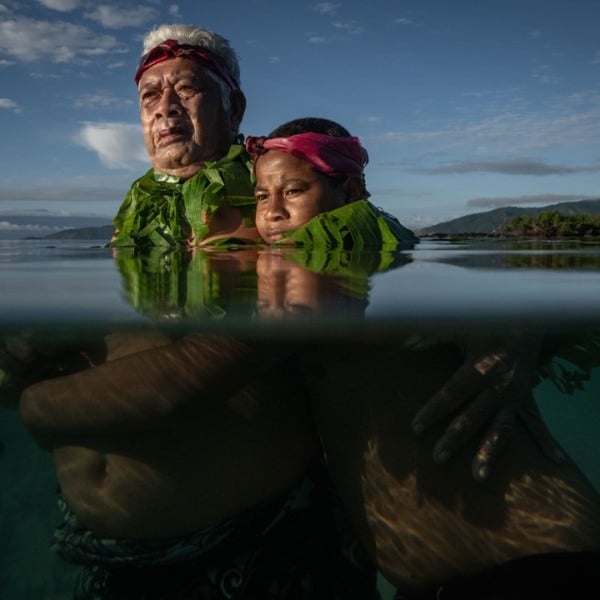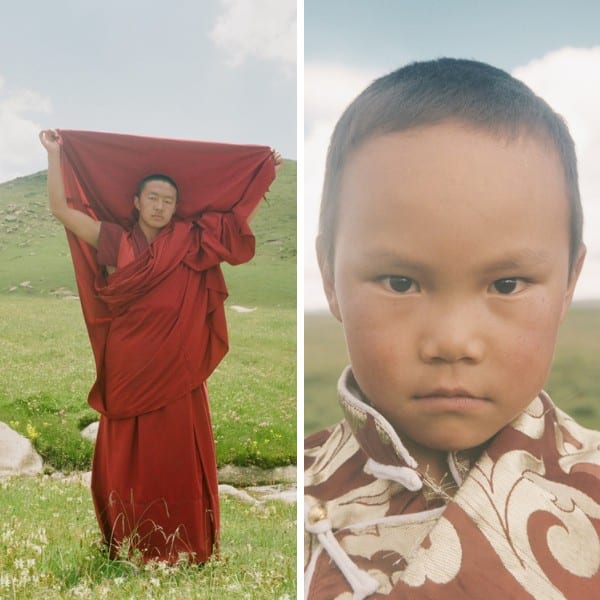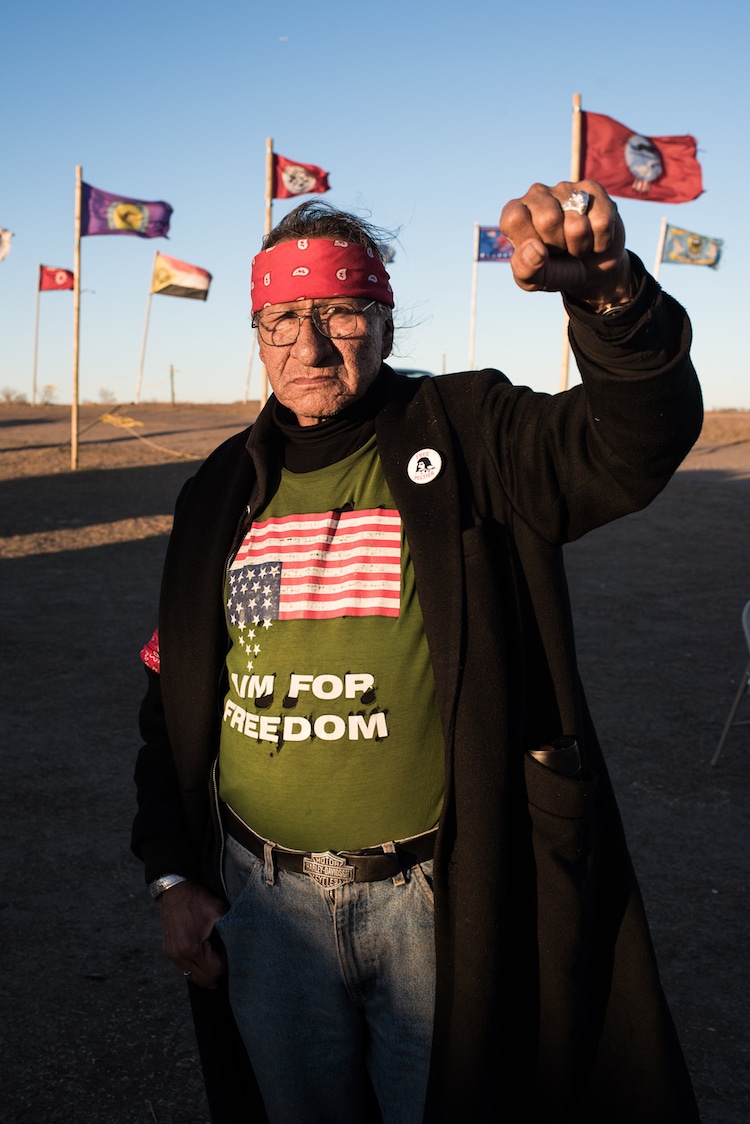
Aim for freedom.
New Orleans-based photographer Avery Leigh White has been documenting the crisis at the Standing Rock reservation in North Dakota since October 2016. With the looming promise to build the Dakota Access Pipeline through reservation territory under Lake Oahe and the Missouri River, indigenous people and supporters hunkered down to protest a move that was deemed environmentally dangerous and culturally insensitive given the territory's spiritual significance to the tribe. The result was the largest gathering of Native Tribes in the past 100 years, along with veterans and activists to lend their support, even as temperatures dipped.
The situation garnered widespread media attention as stories of the makeshift community, and police opposition to the demonstrations, began to be made public. White's work is fundamental, first-hand documentation into this important environmental protest. Spending hours walking the camp, she was able to insert herself into the community, which led an incredibly touching piece of photojournalism.
On December 4, 2016 the US Army issued a statement that it would not grant the easement to build the pipeline. “Although we have had continuing discussion and exchanges of new information with the Standing Rock Sioux and Dakota Access, it's clear that there's more work to do,” Jo-Ellen Darcy, Assistant Secretary for Civil Works, stated. “The best way to complete that work responsibly and expeditiously is to explore alternate routes for the pipeline crossing.”
We had a chance to catch up with White to discuss her time at Standing Rock. While she had to evacuate the camp due to extreme weather, she plans to resume her work—which also includes interviews—in the spring.
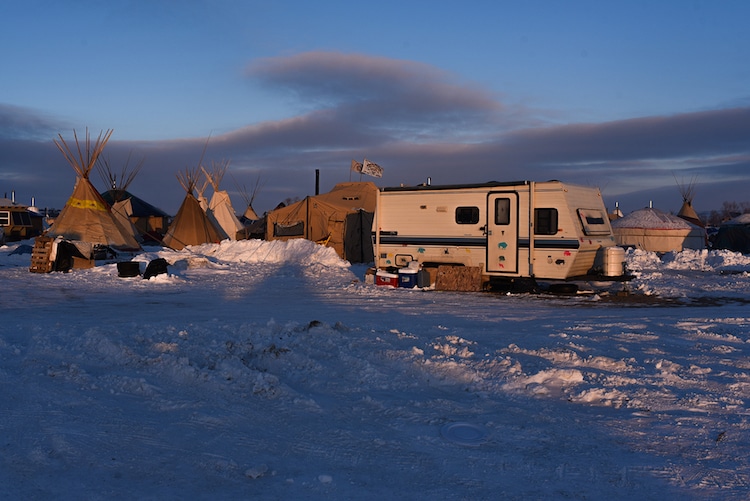
Winterized structures, such as tipis and RVs, are essential for survival during North Dakota's winter.
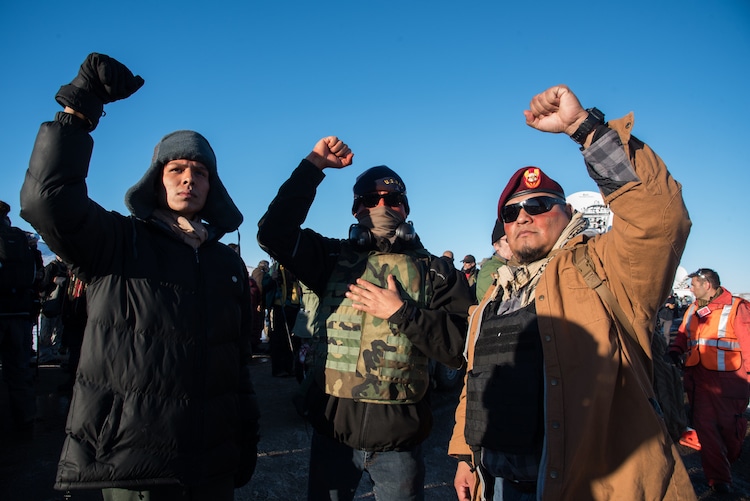
Camp security welcomes thousands of veterans to Standing Rock.
Tell us a bit about yourself and your photography.
As a young woman, I began exploring the human condition through street photography while living and traveling throughout South America. I didn't know anyone when I arrived, but quickly realized my camera facilitated connections with strangers. Asking to take strangers' portraits in a street setting deepened my understanding of intimacy and strengthened my ability to relate with different types of people, despite social and cultural barriers. I'm currently based in New Orleans, Louisiana, and continue to document the brave, vibrant, and often disregarded people of this world.
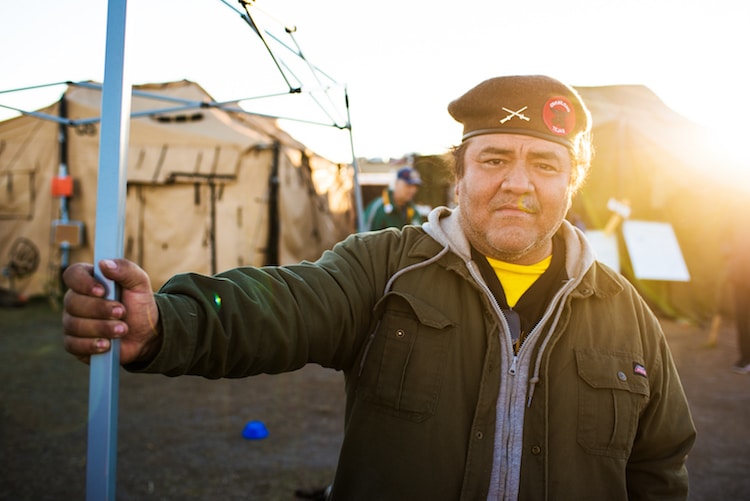
Brown beret member rests at Oceti Sacowin Camp.
You were one of the first members of the media to arrive at Standing Rock. How did you hear about it and what pushed you to go?
The mainstream media barely covered the movement at that time. Alternative news articles shared on Facebook exposed me to the crisis at Standing Rock. In early October, the Mardi Gras Indians of New Orleans organized a trip to Standing Rock and several of my friends who went with the group reported back on the remarkable energy of the Water Protectors.
I'm a photographer based in New Orleans, Louisiana, where we too must fight oil companies threatening the life and health of our community. It felt crucial for me as an artist and activist to go to Standing Rock and document the bravery of those risking everything to protect the natural resources which are at stake for all of us. During my first trip to Standing Rock in October, the front lines numbered a few professional photographers. Within a month, I've witnessed an enormous influx of writers, photographers and videographers at the main camp as well as allies joining at the front lines. Now, the whole world watches – and if we story-tellers can continue to help kindle public outrage, I truly believe this movement will grow large enough to topple the Dakota Access Pipeline project.
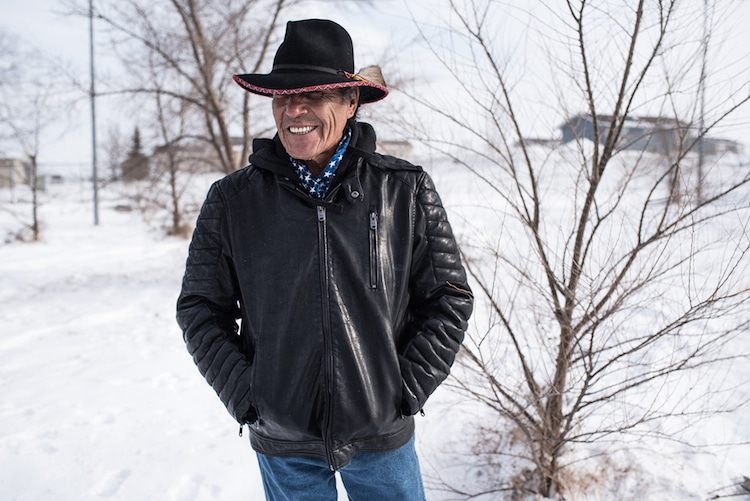
Shakes the Spear from the Red Bottom tribe.
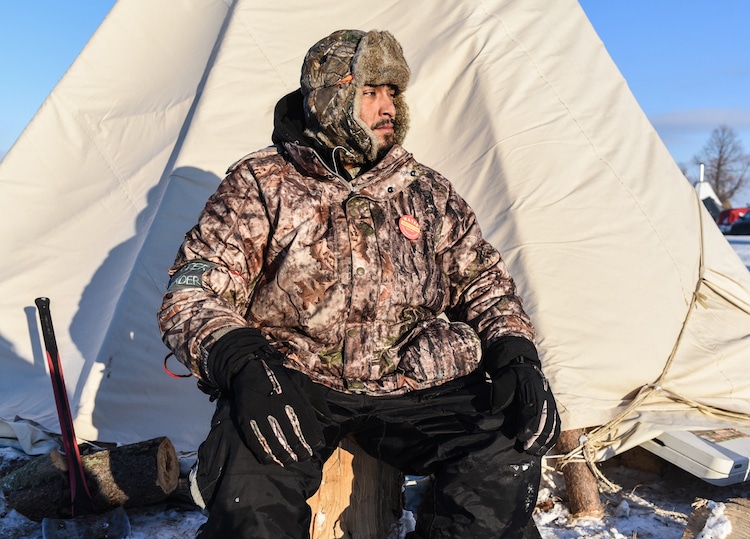
Standing Still sits in front of his tipi.
How has the situation changed over the past few months?
The most notable change is the surge in public awareness and support sent to the Standing Rock's Water Protectors. A substantial increase in media coverage is of course one major catalyst for change, but I also believe the election of Donald Trump has made our nation ripe for action. People want to do something to heal our country and defend the human rights Trump threatens. Standing Rock represents a glimmer of hope.
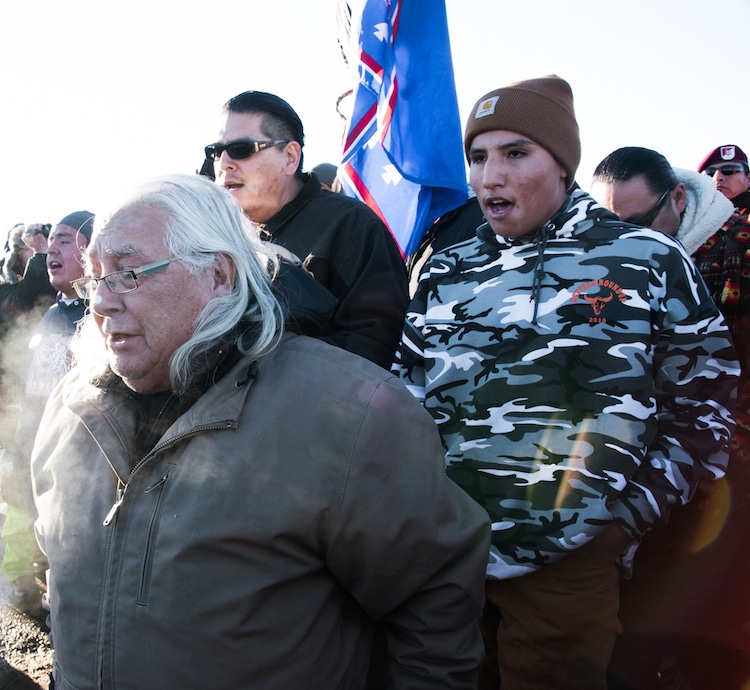
Water Protectors in shock after hearing the news that DAPL was denied their permit.
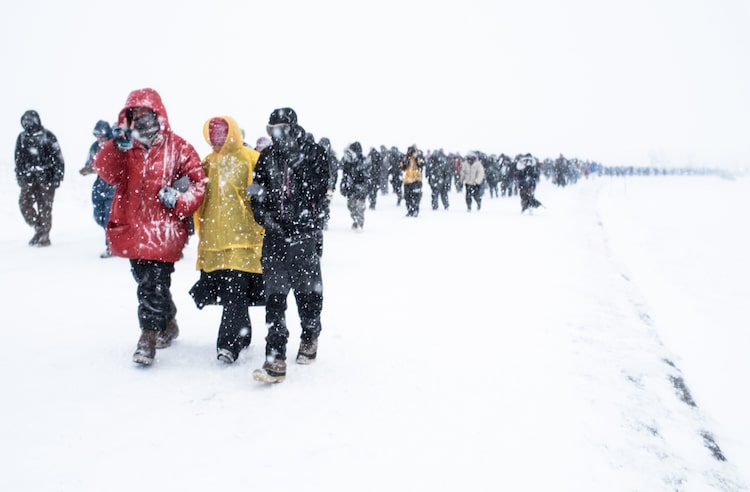
US veterans and Water Protectors march side by side to the front lines (December 5, 2016).
Now that the easement has been denied, what’s the mood at Standing Rock?
Those who hold ground at Oceti Sakowin have doubts that Energy Transfer Partners, the company building the DAPL, will comply with the Army Corps' decision. With the rapidly approaching term of President-Elect Trump, vocal in his support of the pipeline, many believe the struggle has only just begun.
The Water Protectors will therefore remain until all of the construction site is cleared from their lands. Many of the Water Protectors state that they won't stop until the project is terminated entirely.
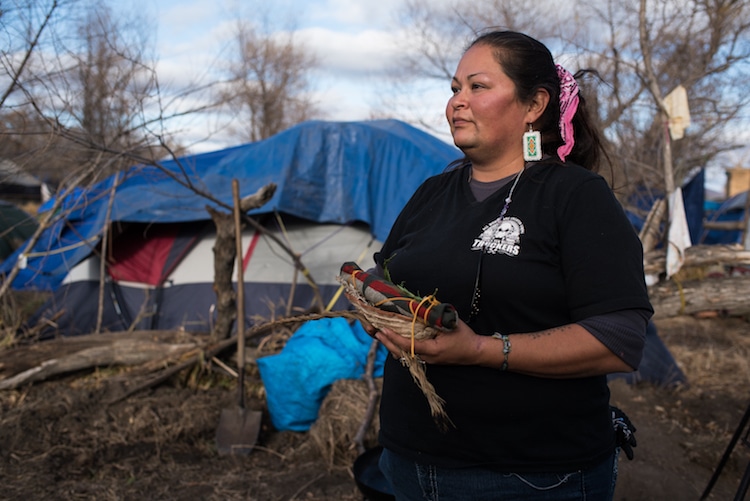
Rachel works all day to help feed the camp at All Relations Kitchen.
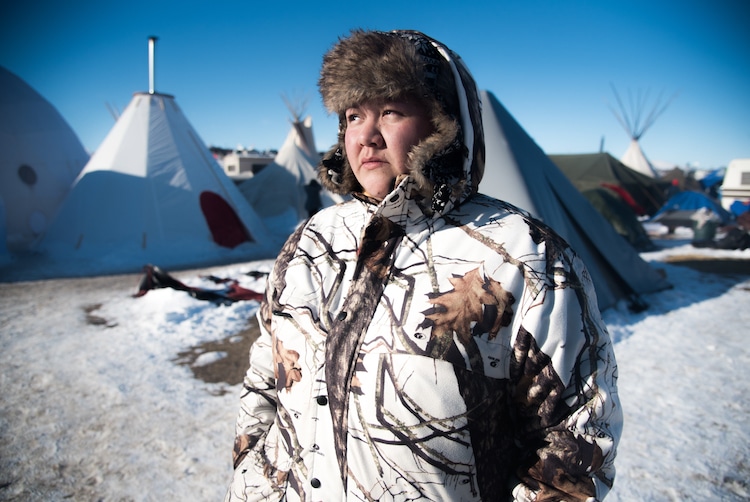
Maddie Lazare from the Mohawk tribe's Kahnawake Reservation in Quebec, Canada.
What has your interaction been like with the Native American community?
Amidst the looming threat of police violence, there remains a tremendous amount of warmth and laughter amongst the Water Protectors. Everyone I met opened their arms to me with friendship.
Photography is always a collaboration with one's subjects and I am especially mindful when working with those eclipsed by the dominant discourse of western culture. Throughout the years of photographing my encounters with people, I took to heart the vulnerability felt by those in front of my lens. The Water Protectors asked the world to help share their story but continue to encounter a disheartening amount of unscrupulous press. This violation of trust on the part of the press complicated the social dynamic between the Water Protectors and outsiders arriving at Standing Rock. I therefore discuss my intentions as an artist and activist before asking to take their portrait.

Water Protector performs ceremony at the front lines.
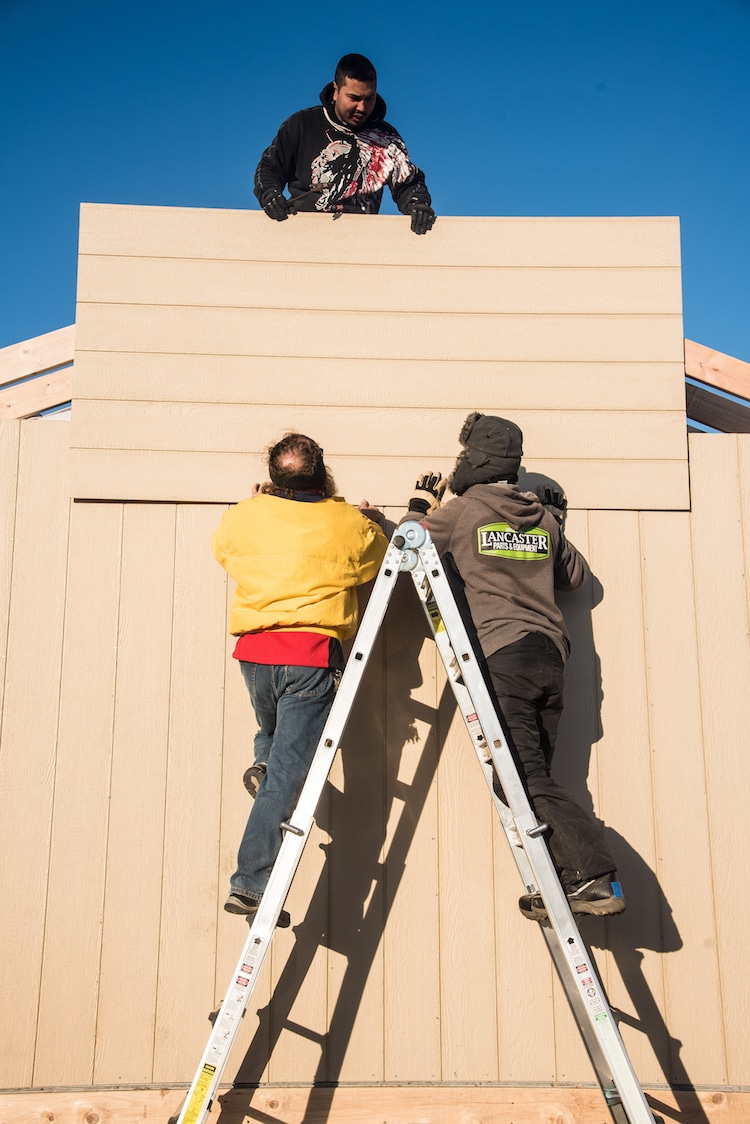
Volunteers help build structures at main camp to protect the Water Defenders from lethal winter temperatures.
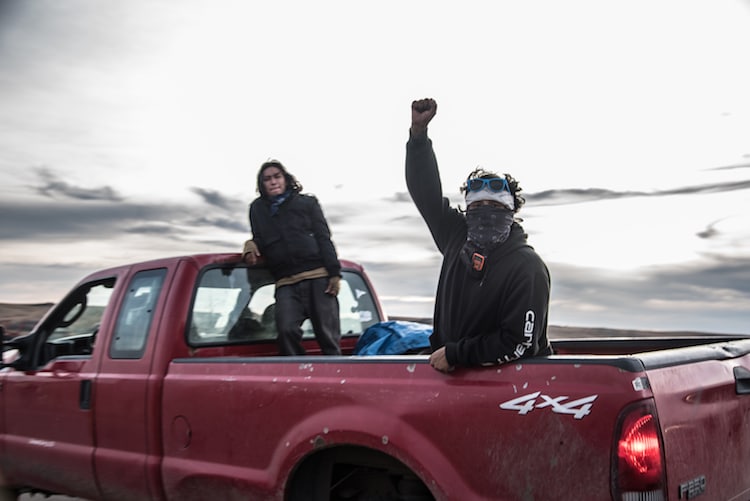
Young protestors ride back from camp to the front lines.
Your images show a tight-knit society. Can you tell us more about the people you've encountered?
I developed friendships with Native Americans from many different tribes who, since joining the Standing Rock movement now experience greater rootedness through an expanded connection with their community and ancestors. Despite the considerable hardship they're enduring, many of the Water Protectors told me they feel hopeful about the future of their movement and are resolved to stay through North Dakota's difficult winter and defend sacred land. Many expressed that after they win the fight against DAPL they'll move on as a group to stand against the next pipeline project.
One young woman from Michigan's Ojibwe tribe once said to me, that for the first time in her life, she felt a sense of community and meaning: ‘I almost feel like I had no purpose before this. I was a walking zombie. Here I actually feel alive, like I’m living. Once you come to Standing Rock, you can’t just go home to your regular life, watch TV, eat supper, go back to work. Me, I wanna go for more fights after this. This hasn’t made me fearless but I’m damn near close. We ain’t hiding. We are not hiding…nope.'
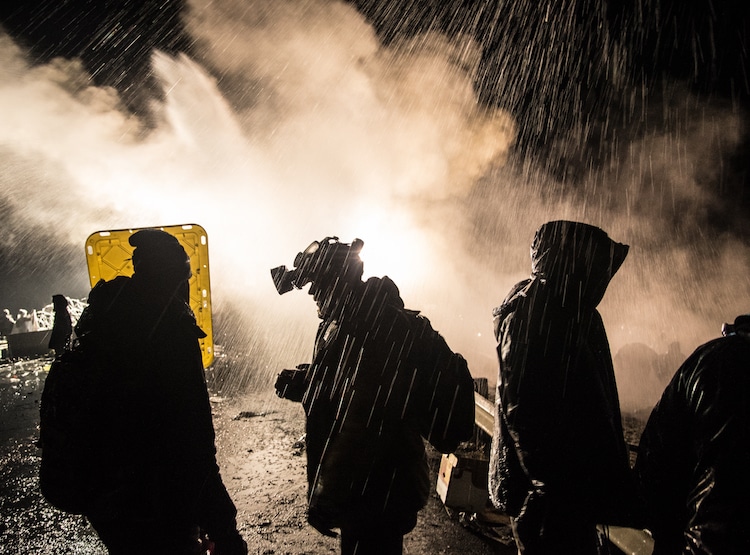
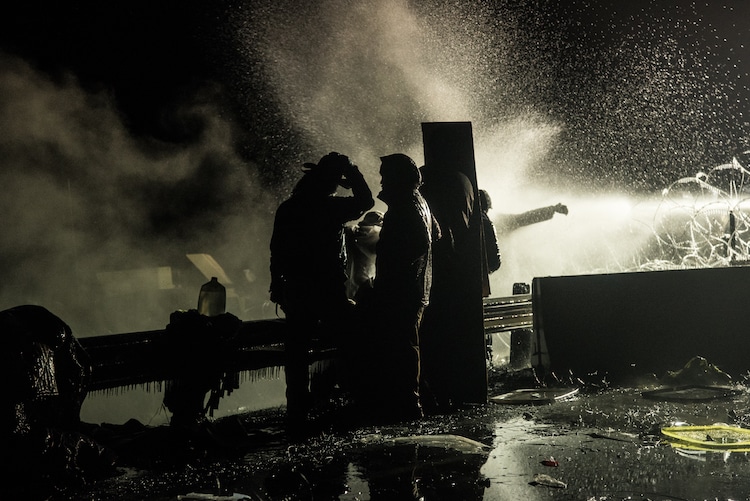
The frontlines filled with tear gas, rubber bullets, and water hoses.

Water Defender shields herself from rubber bullets and tear gas.
Can you share your experiences with the police?
I photographed the front lines during a particularly violent police attack on the night of November 21st. Temperatures dropped below freezing and the police were shooting water cannons, rubber bullets and tear gas directly into the crowd of unarmed Water Protectors. This war zone terrified me. A rubber bullet hit me. I choked on tear gas. Soaked by the water cannon, my hair and hands froze. Unable to see or breathe from the tear gas, I began to panic. A woman grabbed my hand and brought me to a safety. She gave me protective eyewear and an inhaler to ease symptoms from the tear gas.
As I made my way back through the crowd later on, I looked into the eyes of the Water Protectors standing tall and brave, many of them praying. They were scared and exhausted but they had the truth on their side. I thought about how these police officers from a small, poor part of the United States terrorized peaceful, unarmed citizens on public property in defense of a wealthy corporation constructing an illegal pipeline. These police officers have more in common with the Water Protectors than they do with the heads of DAPL. If this illegal pipeline contaminates the Missouri River it will impact their lives, too.
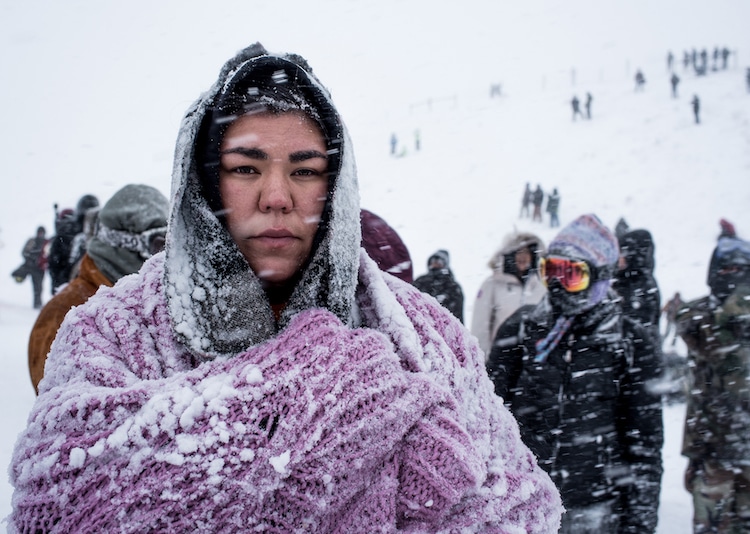
Water Protector prays during a blizzard at the front lines.

Thousands of Water Protectors and US Vets stand at front lines in blizzard (December 5, 2016).
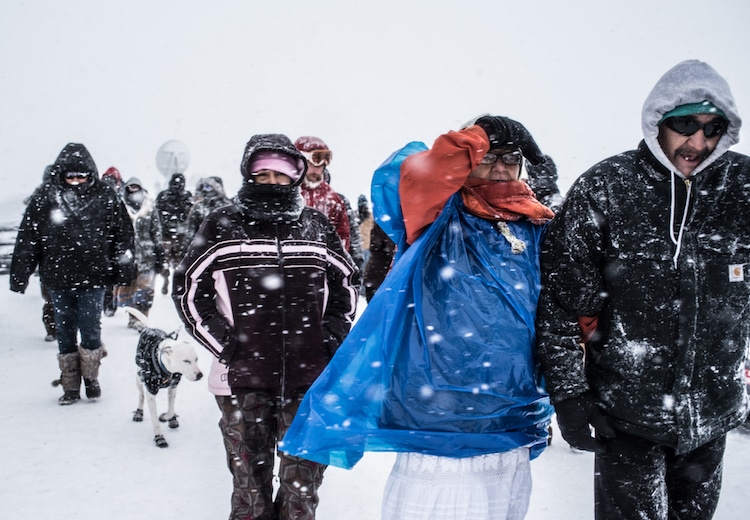
Thousands march to front lines in below freezing temperatures (December 5, 2016).
Now that winter has descended, describe your living situation at the camp.
I camped at the main camp, Oceti Sakowin. Despite their weariness from months of violent police attacks, the Water Protectors assembled and maintain a sophisticated community structure that provides health-care, food, clothes, supplies, and workshops such as direct action training. Oceti Sakowin manages to host thousands of people in a remote area, with harsh climate conditions and limited resources. As we move into winter, the Water Protectors focus solely on surviving the lethal weather conditions. Temperatures go as low as negative 40 degrees and winds up to 50 miles per hour. Many people left for the winter and camp activity quieted. I evacuated unfortunately, as my camping gear would not suffice in such harsh conditions.
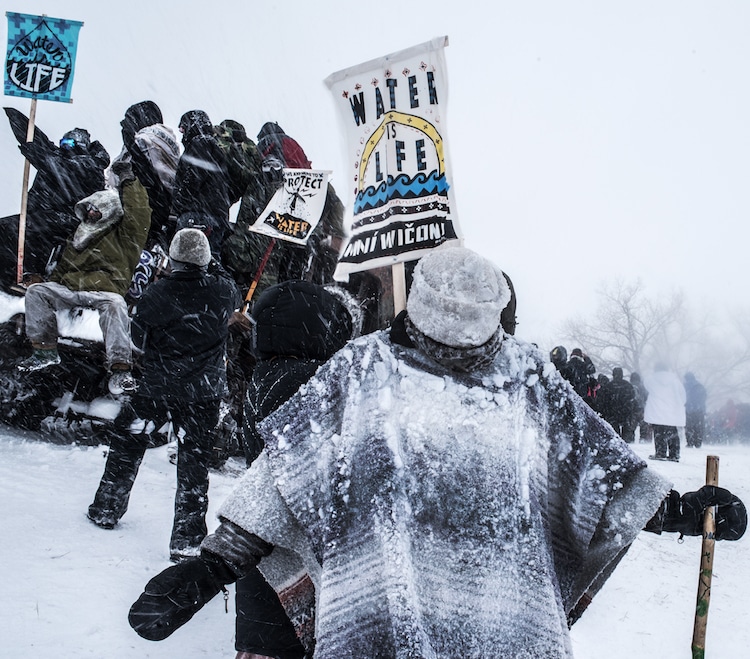
Water Defenders stand in prayer at front lines in subzero temperatures.
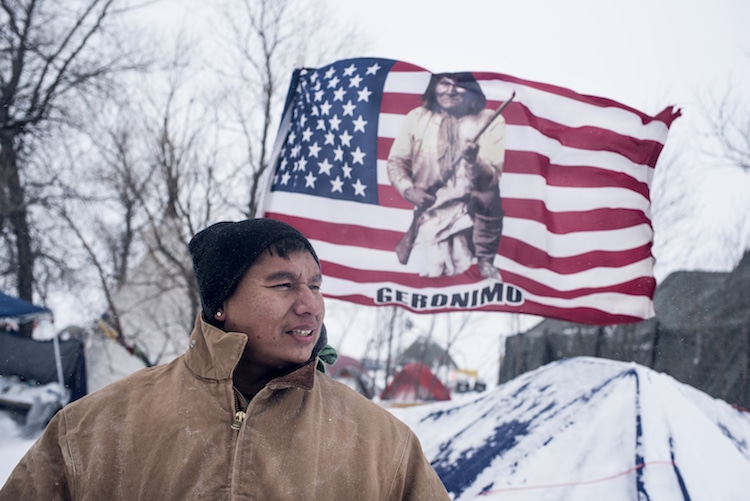
Robert Pomani, Dakota Sioux. A direct descendant of Sitting Bull's people.
What do you hope people take away from your images?
I hope my portraits from Standing Rock will draw the world closer to the Water Protectors and garner empathy and outrage. The world needs to know about this remarkable moment in our history.
What would you say to people who don’t understand why Standing Rock is important?
The Missouri River is the longest river in North America. We all stand to suffer from an oil spill. This is a fight for the future of our planet and our rights as American citizens to peacefully protest without violent police attacks.
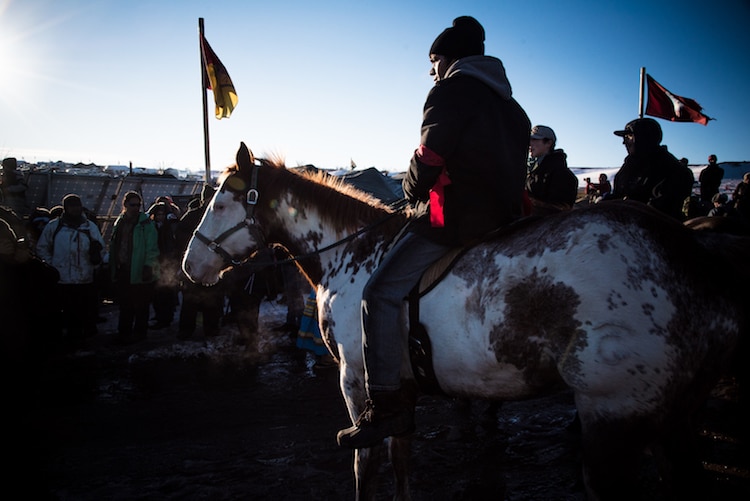
Water Protector waits by the Sacred Fire for news from Lakota leaders.
From this negative situation, what positives have you taken away?
What started out as a small group of Native Americans this spring has quickly grown into an international movement that demonstrates hope and resilience in the face of our nation's extreme uncertainty.
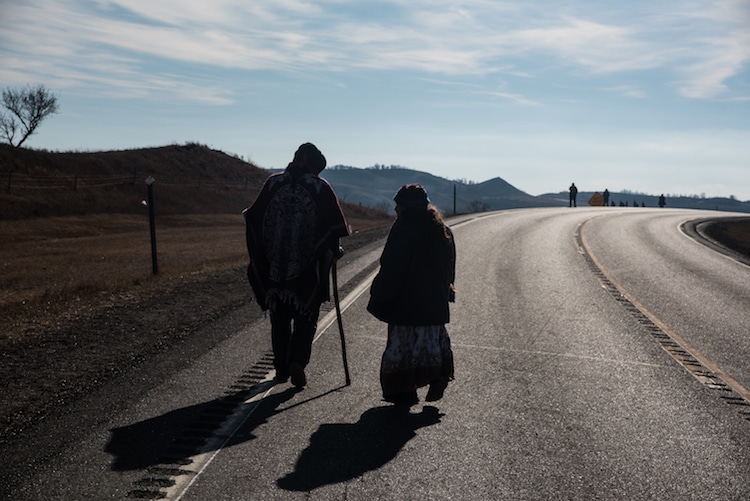
Water Defenders walk back to camp from front lines.
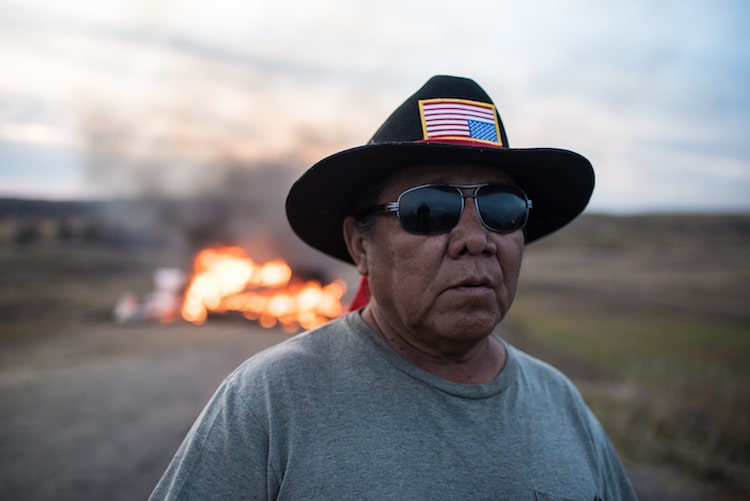
Water Protector at the front lines.
Looking to make a contribution?
For those who can't be there physically, White suggests, after speaking to many people, to send your prayers. If you'd like to help financially, the camp is accepting donations through its PayPal and will allocate funds as they see necessary. For more on how to help from afar, click here. For those thinking about traveling to Standing Rock, the camp's homepage has a statement about their labor needs.
Avery Leigh White: Website | Facebook | Instagram | Flickr












































































